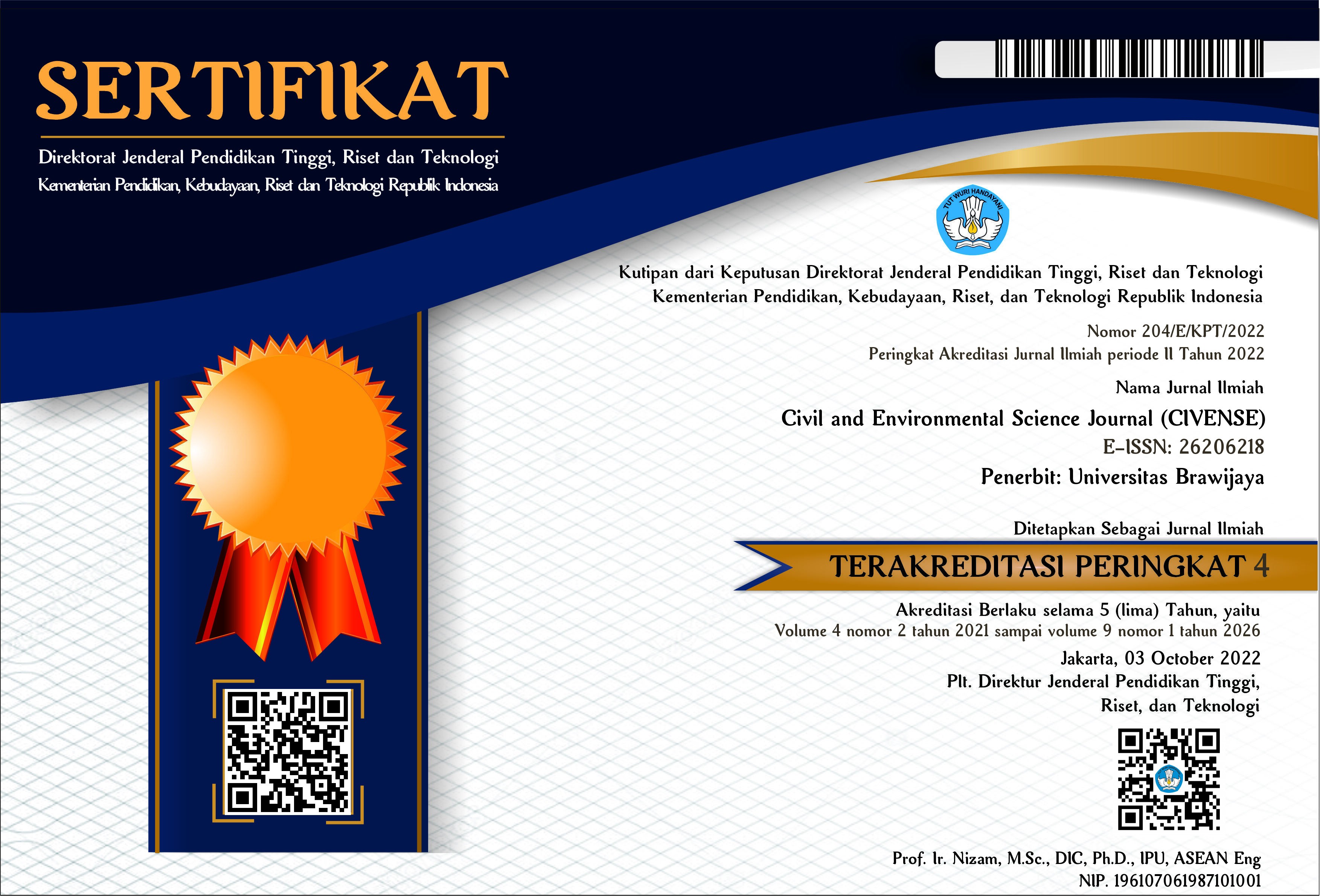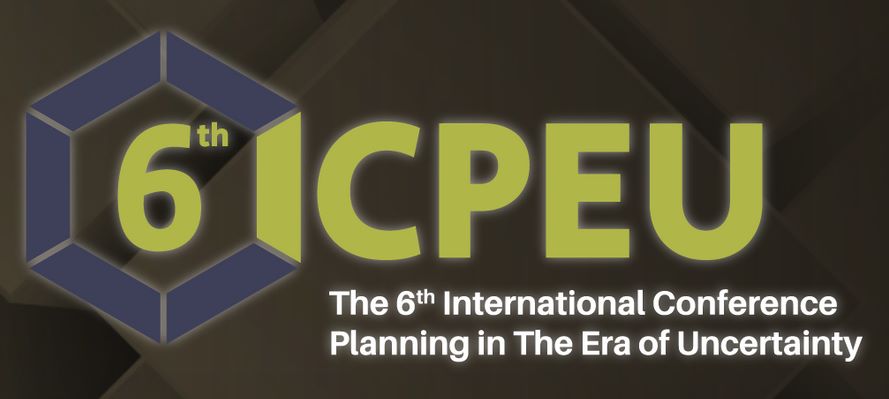Management and arrangement model of Loloan river area for conservation and development as a tourist attraction area
DOI:
https://doi.org/10.21776/ub.civense.2020.00302.5Keywords:
water potential, management, conservationAbstract
Loloan River is located in the Renon village, which borders the Sanur area that has the potential to become a tourist attraction area. However, the current condition is not yet favorable to be used as a tourist area due to the inadequate management of water potential and the arrangement of the Loloan River area. Therefore, a management model and arrangement of the Loloan river area is needed to optimize the development of the Renon Traditional Village around the Loloan River area as a tourist attraction area. The research method used in this study uses descriptive qualitative research methods to create a management and arrangement model that is appropriate to the research location. Management and arrangement model of Loloan River area aims to optimize the development of the Loloan River area as a tourist attraction area that can be done in several ways, including empowering the society in efforts to clean up sediment in the Loloan River Basin so that the river's capacity can be optimal, educating the society about the importance of conserving irrigation channels for sustainable water potential and arrangements in the Loloan River area which can be done by planting around the Loloan River area.
References
D. Widodo, B. Lupiyanto, R., dan Wijaya, “Pengelolaan Kawasan Sungai Code Berbasis Masyarakat,†J. Sains dan Teknol. Lingkung., vol. 2, no. 1, 2010.
G. P. D. S. Pratiwi and I. P. A. Citra, “Dinamika dan Kesesuaian Arahan Fungsi Kawasan Di Kota Denpasar,†J. Pendidik. Geogr. Undiksha, vol. 7, no. 1, 2019, doi: 10.23887/jjpg.v7i1.20674.
Pemerintah Kota Denpasar, “Rencana Kerja Pemerintah Daerah Semesta Berencana 2020,†Denpasar, 2020. [Online]. Available: https://bappeda.denpasarkota.go.id/new/public/ckfinder/userfiles/files/RKPD 2020.pdf.
I. G. A. P. Eryani, “Potensi Air dan Metode Pengelolaan Sumber Daya Air di Daerah Aliran Sungai Sowan Perancak Kabupaten Jembrana,†Paduraksa, vol. 3, no. 1, pp. 32–41, 2014.
CV. Permata Denpasar, “Review Masterplan Drainase Kota Denpasar,†Denpasar, 2016. [Online]. Available: http://sippa.ciptakarya.pu.go.id/sippa_online/ws_file/dokumen_usulan/drainase/DRAINASE_51-71-2016.pdf.
S. A. Nelson, “River Systems & Causes of Flooding,†Tulane University, 2016. https://www.tulane.edu/~sanelson/Natural_Disasters/riversystems.htm.
D. Indriastuti, “Analysis of Runoff Due To the Change in Land Use At the Watershed of Upstream Ciliwung,†J. Civ. Eng. Forum, vol. 2, no. 1, p. 131, 2016, DOI: 10.22146/jcef.26576.
DELWP, Guidelines for Development in Flood Affected Areas, no. February. 2019.
O. A. Yoeti, Pengantar Ilmu Pariwisata. Bandung: Angkasa, 1996.
Kementerian Pariwisata Republik Indonesia, Undang-Undang Republik Indonesia Nomor 10 Tahun 2009. Indonesia, 2009.
H. Marpaung and H. Bahar, Pengantar Pariwisata. Bandung: Alfabeta, 2002.
P. Kotler, Marketing Management. Jakarta: Prenhallindo, 2000.
M. Riadi, “Strength Weakness Opportunities Threats (SWOT),†kajianpustaka.com, 2013. http://www.kajianpustaka.com (accessed Aug. 04, 2019).
Downloads
Published
How to Cite
Issue
Section
License
Copyright (c) 2020 Civil and Environmental Science Journal (Civense)

This work is licensed under a Creative Commons Attribution-NonCommercial 4.0 International License.
Authors who publish with this journal agree to the following terms:
Authors retain copyright and grant the journal right of first publication with the work simultaneously licensed under a Attribution-NonCommercial 4.0 International License that allows others to share the work with an acknowledgement of the work's authorship and initial publication in this journal.
Authors are able to enter into separate, additional contractual arrangements for the non-exclusive distribution of the journal's published version of the work (e.g., post it to an institutional repository or publish it in a book), with an acknowledgement of its initial publication in this journal.
Authors are permitted and encouraged to post their work online (e.g., in institutional repositories or on their website) prior to and during the submission process, as it can lead to productive exchanges, as well as earlier and greater citation of published work (See the Effect of Open Access).














